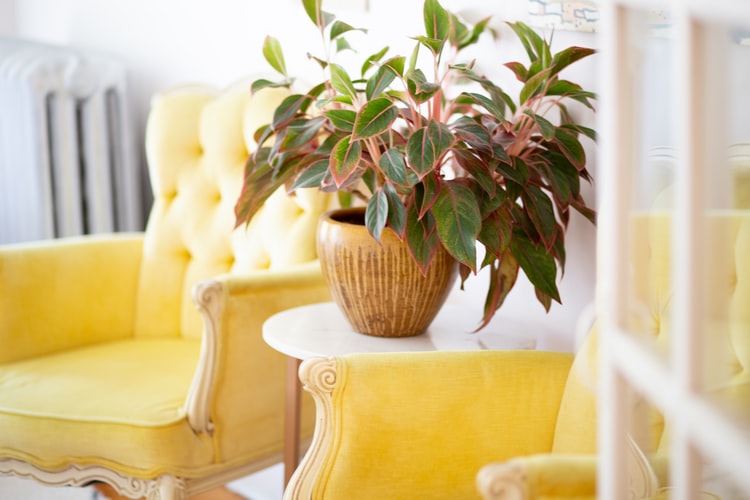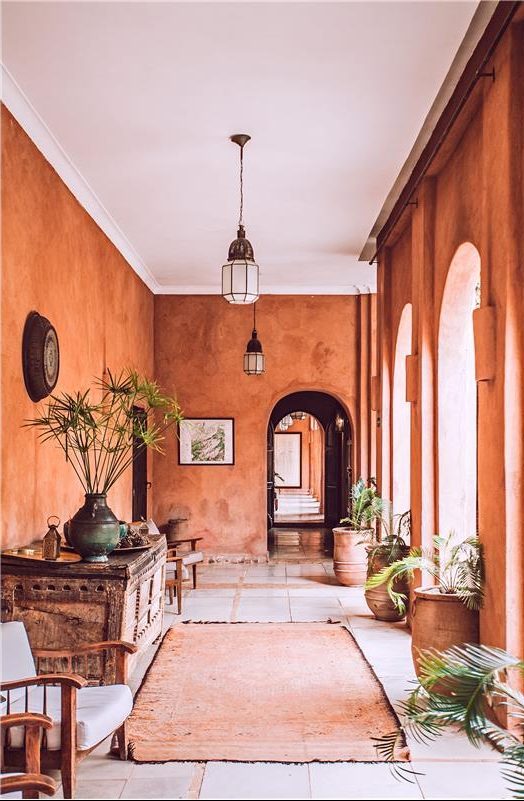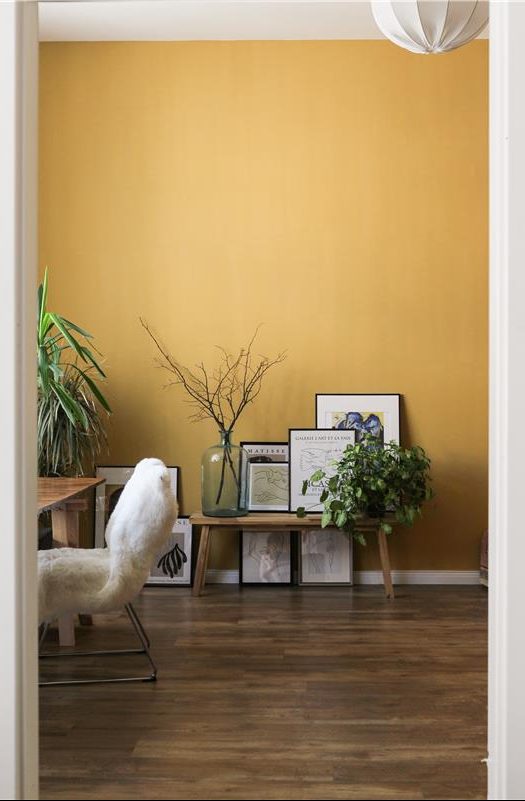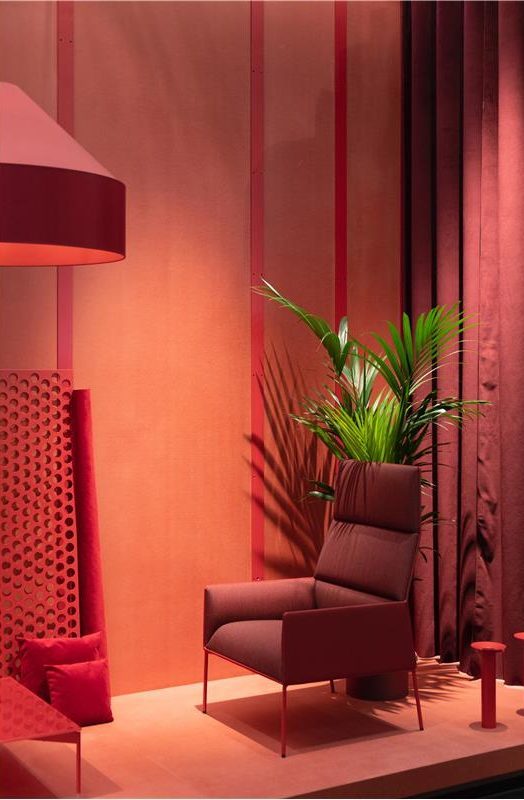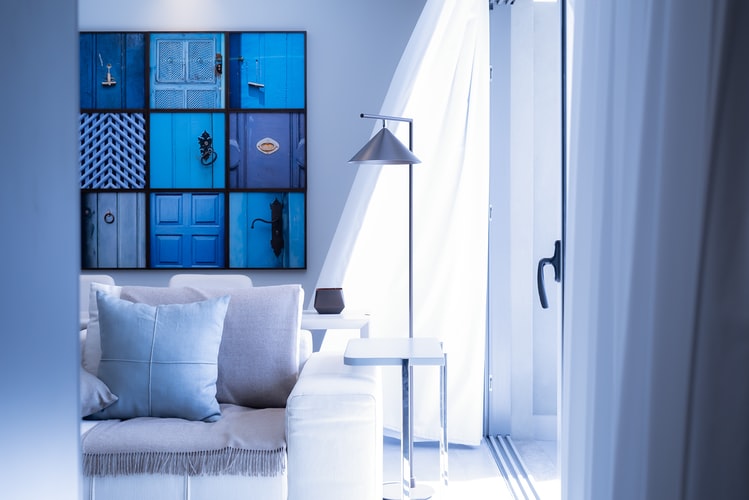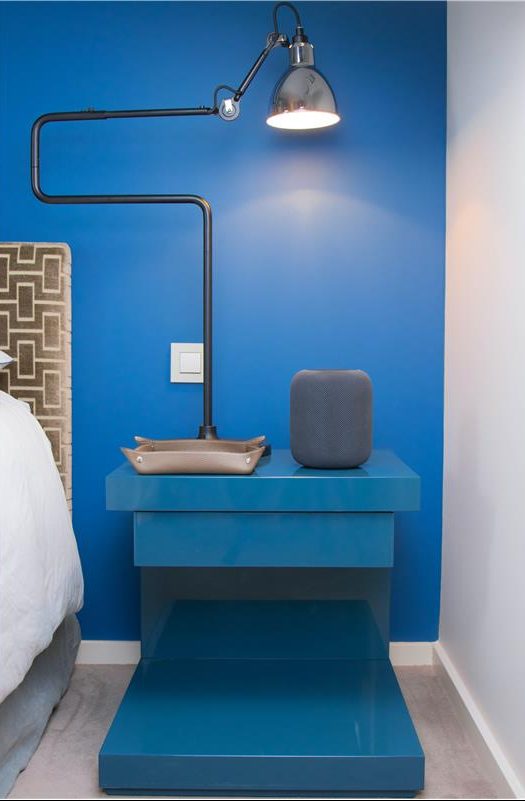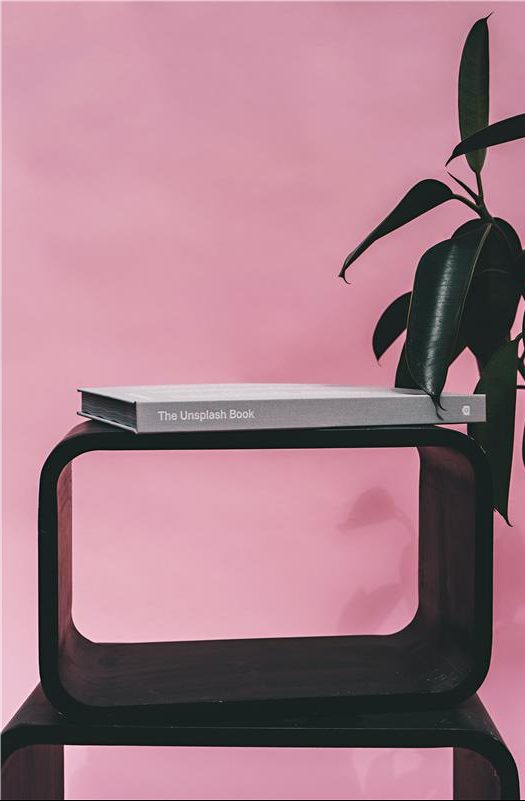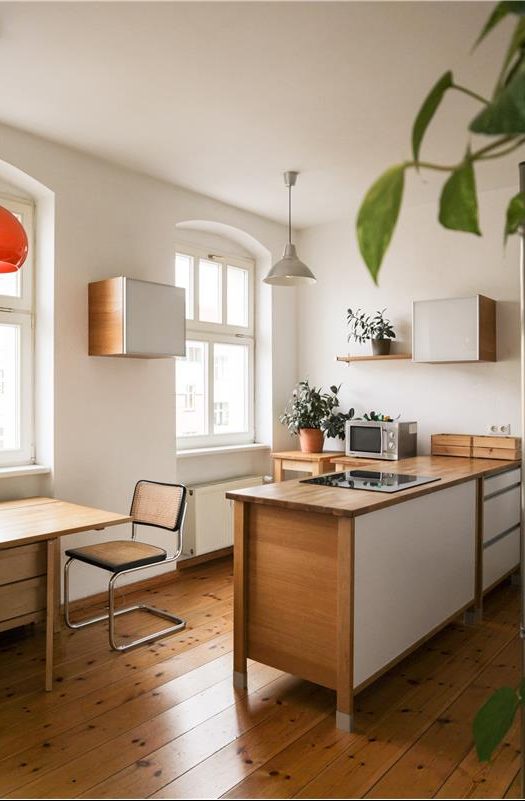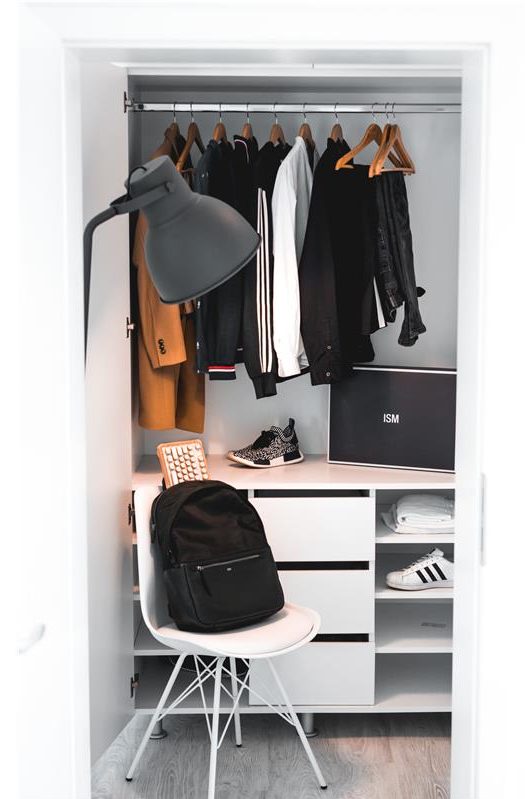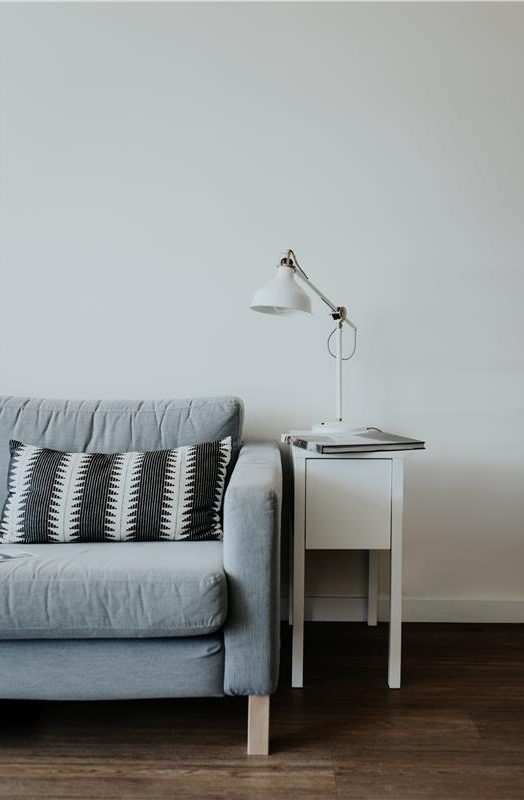If you are going to make repairs or decorate a house or apartment in a new way, one of the important issues that you will decide is the choice of colors for the rooms.
What color is better to paint the walls in the bedroom with? What colors are best for the kitchen? How to choose the color of the walls in the interior?
Our teacher of the online course "Interior Design and Decorating: PRO" - Italian architect from Milan Stefania Ubiglia will tell us what colors are used for interior design and why, and answer how to choose a combination of colors in the interior.


